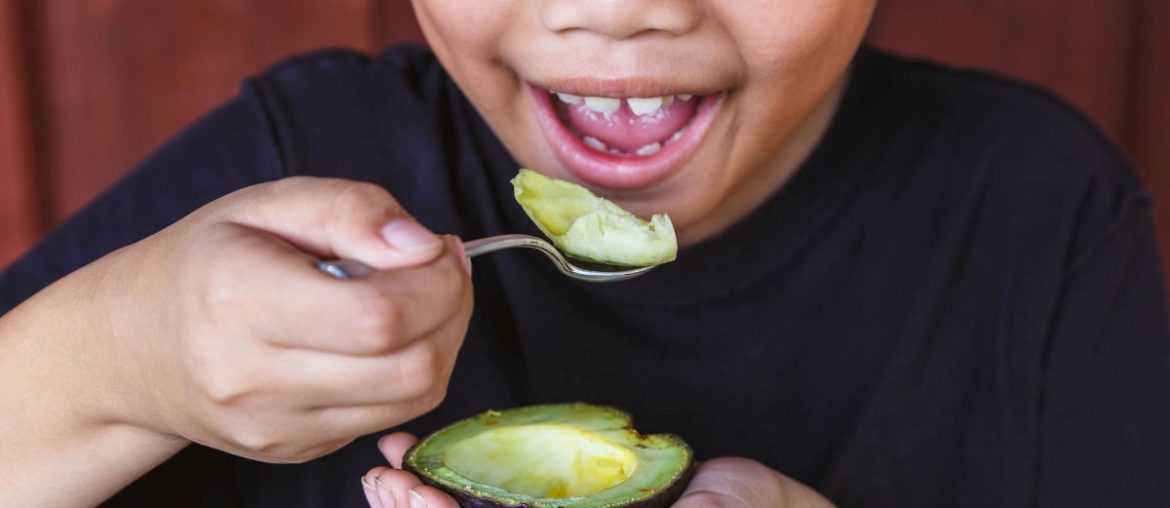Some kids with special needs or disabilities might be more likely to have a latex allergy, and here’s why.
See, these kids often have to deal with stuff like medical procedures or conditions that require them to come into contact with latex products all the time. Think gloves, medical devices, or catheters. The more they’re exposed to latex, the higher the chances of developing an allergy to it.
Plus, some of these kiddos have certain genetic conditions that make them more prone to latex allergies. And let’s not forget, their immune systems might not be at their best, which can make them more susceptible to all kinds of allergies, including latex.
Foods That Can Mess with Latex Allergies
So, turns out there are some foods that can totally mess with your latex allergy. Like, they can make your body react in ways you don’t want it to. And here’s the deal: this list ain’t complete, so there might be other foods that can also be a problem, but these are the ones we know about.
High-Risk Foods: These are the foods that have a higher chance of causing trouble. If you’ve got a latex allergy, about half of you folks might experience related symptoms if you eat these:
- Avocado
- Banana
- Chestnut
- Kiwi
Moderate-Risk Foods: These foods have a moderate chance of triggering your latex allergy symptoms. You might want to watch out for these too:
- Apple
- Carrot
- Celery
- Melon
- Papaya
- Potato
- Tomato
Oh, and by the way, ever heard of jackfruit? It’s this tropical fruit that some people use as a meat substitute in their vegetarian diets. Well, there have been a few rare cases where people with latex allergies ate jackfruit and ended up having anaphylaxis. So rather be safe than sorry.
Let me know in the comments below if you have any other foods to add to the list!
It’s important for parents, caregivers, healthcare professionals, and teachers to be aware of these risks and take the necessary precautions to keep these kids safe and sound.




